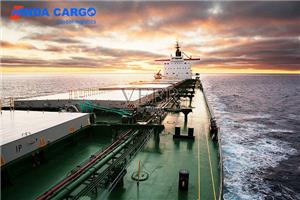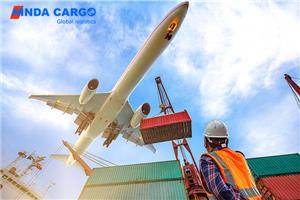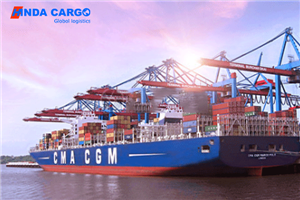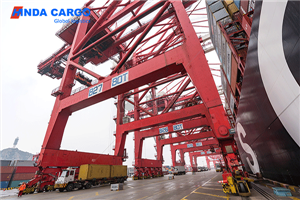How does the sea freight from China to Indonesia handle the logistics issues in Southeast Asia?
Sea freight from China to Indonesia is an important component in addressing logistics issues in Southeast Asia. Due to its geographical location, economic vitality, and diversity, Southeast Asia has become one of the key hubs for global trade. The following are some key factors and suggestions when dealing with logistics issues from China to Indonesia:
Choosing the right port:Both China and Indonesia have multiple international ports, so choosing the right port is crucial. In China, ports such as Shanghai, Shenzhen, and Guangzhou are usually the main destinations for exporting goods. The ports of Jakarta, Surabaya, and Medan in Indonesia are also commonly used destinations.
Route planning: Select appropriate routes based on the nature and destination of the goods. Usually, Goods from China to Indonesia pass through the South China Sea or the Strait of Malacca. Consider the volume, weight, and timeliness of the goods to choose the most economical and effective route.
Freight method: Goods can be transported by different means such as container ships, bulk carriers, and bulk carriers. Container transportation is usually more common because it provides higher security and cargo protection.
Logistics partners: Choose reliable logistics companies and shipping companies with extensive experience and the ability to provide high-quality services, including cargo tracking, customs declaration, and clearance.
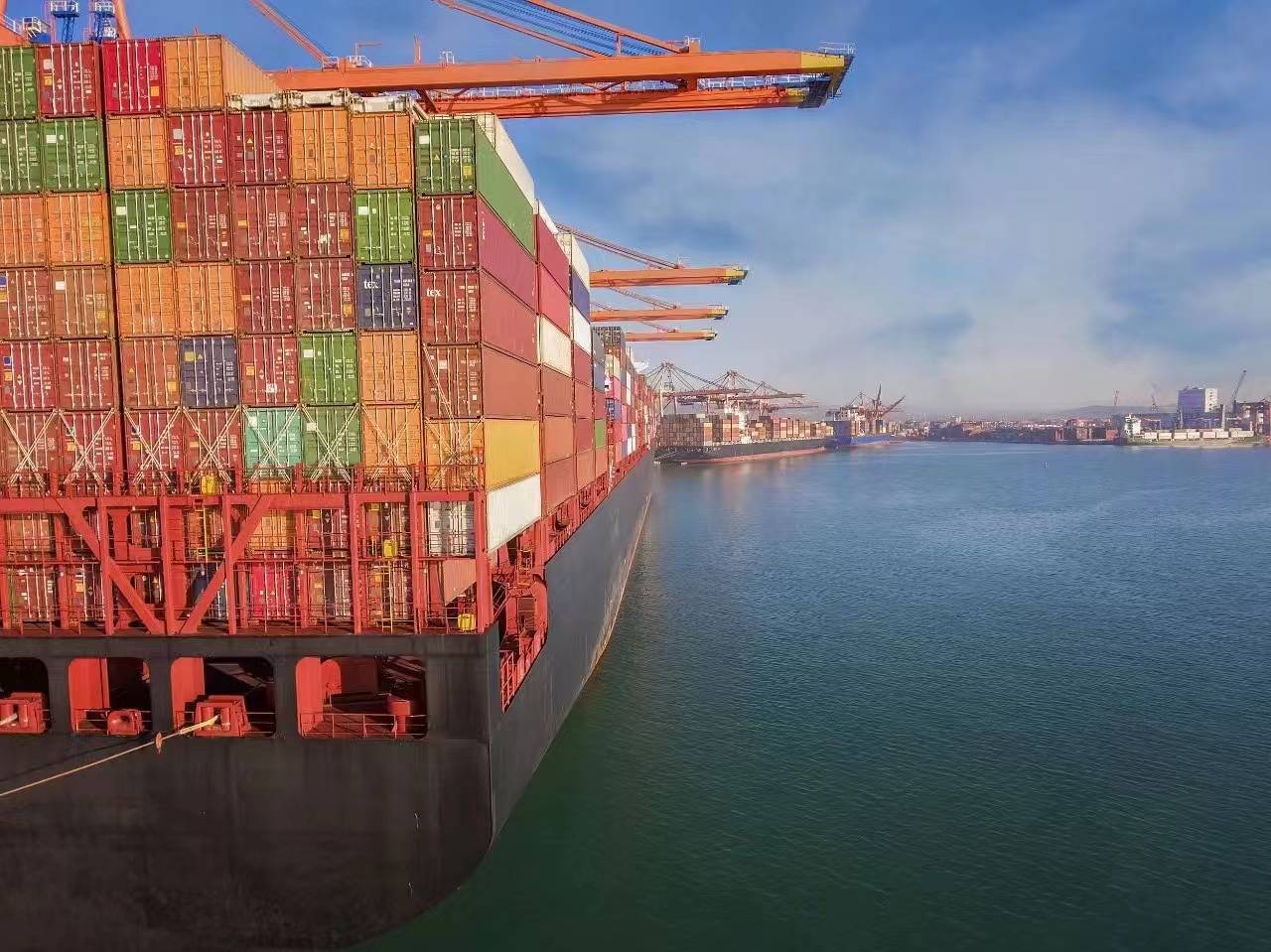
Customs affairs: Understand and comply with the customs regulations of China and Indonesia to ensure smooth customs clearance of goods. This may include correctly filling out import and export documents, paying customs duties, and complying with export control regulations.
Supply chain visibility: Utilize logistics technology and systems to ensure visibility and tracking of goods. This helps to improve the management and coordination of goods, reduce delays and risks.
Cargo insurance: Consider purchasing cargo transportation insurance for the goods to cope with potential losses and risks.
Time and cost: Consider the delivery time and cost of goods to make informed decisions based on business needs. Rapid transportation may be more expensive, but in some cases it is necessary.
Continuous optimization: Continuously optimize supply chain and logistics processes to improve efficiency, reduce costs, and reduce environmental impact.
The above factors need to be customized according to specific circumstances to meet your logistics needs. Collaborating with a professional freight forwarder from China to Indonesia can help you better handle logistics issues from China to Indonesia.

